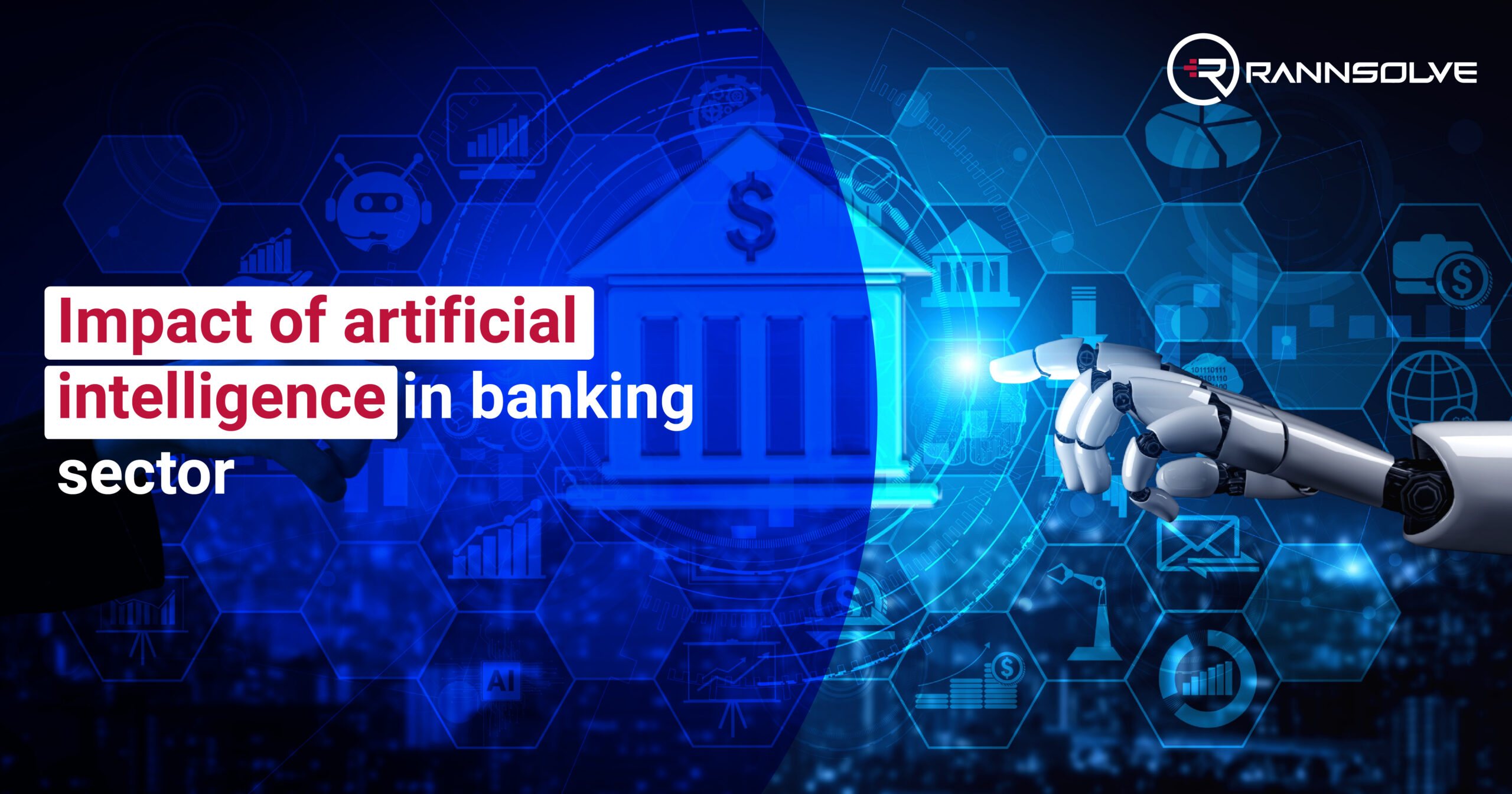Artificial intelligence services and solutions have set footprints in almost all sectors, and the banking and finance sector is no exception. The future of AI in banking looks rather bright. From fraud detection and risk assessment to improving customer service and product recommendations, AI in finance and banking has quietly become the foundation of modern banking.
The easiest way to understand this impact is to break it down across the main areas where AI in finance and banking is already making a difference.
What Are Data Entry Services?
Data entry is nothing but the process of converting information from one form to another. This includes everything from converting handwritten documents into digital formats or transferring one type of digital data to another format. Examples of data include names, addresses, financial records, medical and legal information, and more.
Although businesses need to keep data organized and accessible, data entry services, especially survey data entry, are not only labor-intensive but can also be prone to errors when done manually. Outsourcing these tasks to a skilled survey data entry provider ensures that businesses don’t waste time managing data internally or risk overlooking errors.
1. Financial Impact
The financial side of AI in finance and banking is broad and deep. It touches customer acquisition, operations, sales, and even how institutions make decisions.
- Reducing customer acquisition costs
Banks spend heavily on attracting new customers, but the onboarding process often slows things down. AI in finance and banking combined with biometric verification, helps simplify this process. The future of AI in banking will make opening an account faster and less frustrating, which lowers abandonment rates. When fewer potential customers drop off mid-way, marketing and sales efforts could bring in better returns. - Lowering operational costs
Customer service is another major cost center. With artificial intelligence services and solutions assisting support agents, routine queries are handled more efficiently. The future of AI in banking will see AI agents navigate internal regulations and databases without wasting time. This can lead to banks needing fewer people to handle the same number of cases. Over time, this translates directly into savings. - Improving decision-making
Data-driven decision-making has always been a goal in finance, which will continue to be with the future of AI in banking. AI in finance and banking makes data-driven decision-making easier by processing massive amounts of data quickly and higher accuracy rate. It helps detect fraudulent activity, segment customers, and analyze risk more precisely. Natural Language Processing (NLP) tools can even analyze unstructured data, such as transaction notes or communications, to uncover patterns humans might miss.
2. Security
Security is one of the most critical areas for any financial institution, and AI in finance and banking has made it even better. The same systems that analyze customer behavior can also detect fraud or cyber threats before they escalate.
- Fraud detection
AI in banking sector can spot irregular patterns in real time, such as unusual transactions, suspicious logins, or sudden fund movements. Detecting fraud faster as and when it happens protects both the customer and the bank, and it helps institutions avoid regulatory fines for weak security practices. - Data protection
Beyond transaction monitoring, AI tools help identify potential cyberattacks before they happen. They monitor unusual activity in networks or systems and alert teams of possible breaches. This early warning minimizes damage, helping banks maintain the trust of their customers.
3. Loan Decisions
AI in finance and banking has had a noticeable effect on how banks handle loans. Loan applications used to rely on fixed criteria like income statements or credit scores. Now, with advanced systems, decisions can include transaction history, spending patterns, or even behavioral data.
AI-based systems that can process loan applications in seconds are the future of AI in banking. It can analyze factors that humans might overlook. This allows banks to make more informed lending decisions and assess risk with greater accuracy.
However, this approach isn’t without challenges. If the data used to train these models contains bias, it can lead to unfair or inaccurate outcomes. A flawed dataset might reject reliable borrowers or approve risky ones. Because of that, banks must engineer and monitor their data carefully. AI in banking sector should support human judgment, not replace it entirely. The future of AI in banking is where technology is used safely and responsibly. Despite the risks, many institutions have already adopted this approach. It’s becoming a standard practice in retail and commercial banking, and its influence will only continue to grow as models become more transparent and easier to audit.
4. Risk Management
Risk management has always been about predicting the unpredictable. AI in finance and banking brings a new level of precision to this process. It can process economic data, monitor geopolitical developments, and even factor in natural disasters or currency fluctuations to assess potential outcomes.
For instance, an AI in banking sector can predict how a sudden market shift could impact investment portfolios. By running these simulations, banks can prepare for various scenarios and make adjustments before problems arise. In simple words, AI in banking sector gives decision-makers more foresight, reducing exposure to unexpected losses.
5. Customer Experience and Satisfaction
Beyond numbers and risk, AI in finance and banking also shapes how customers experience banking. In many ways, this is where people will notice its impact the most on the future of AI in banking.
- Faster processes
Artificial intelligence services and solutions shorten waiting times for customers. Whether it’s through chatbots handling basic queries or systems speeding up loan approvals, people get results faster. A smoother process leads to happier customers, which ultimately benefits the bank. - Convenience in digital channels
With more people banking online or through mobile apps, intelligent systems make these experiences more accessible. Processes like digital identity verification (eKYC) or video-based assistance mean customers can open accounts or resolve issues without visiting a branch. This convenience is especially valued by younger, tech-savvy users. - Personalization
When customers feel understood, they’re more likely to stay loyal. Some banks already use AI systems for personalization that analyze customer behavior or transactions to categorize spending or offer custom advice. - Building long-term loyalty
Over time, small improvements in personalization and response speed build trust. Customers feel that their bank knows them and respects their time. This relationship is hard to achieve manually, but artificial intelligence services and solutions make it easy.
The Bottomline
Used wisely, AI in finance and banking becomes an ally, helping banks think more clearly, act faster, and serve people better. The influence of AI in banking sector will only keep growing, not as a replacement for human judgment, but as a tool that makes that judgment sharper and more informed.
FAQ
The AI in banking sector transforms how banks operate. It enhances security, automates processes, improves decision-making, and increases overall efficiency across multiple financial operations.
AI in finance and banking helps reduce costs, improve accuracy, strengthen fraud detection, and speed up customer service processes for a better and safer banking experience.
Artificial intelligence services and solutions improve customer experience through faster processes, easier digital banking, and personalized recommendations.
The future of AI in banking promises smarter automation, better security standards, and more personalized financial services while maintaining human oversight and ethical data use.





